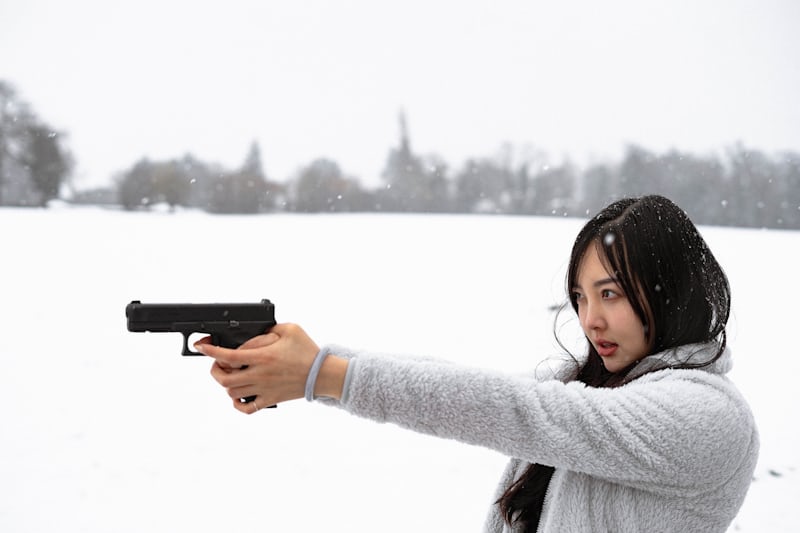When you compare the numbers of accidental firearm deaths to unintentional drowning deaths, the two are surprisingly similar. According to the National Safety Council, there were 489 unintentional firearm deaths in the United States in 2019, equivalent to a rate of 0.15 deaths per 100,000 population. In contrast, the CDC reported 379 fatal accidental drownings in the United States in 2018, equal to a rate of 0.12 deaths per 100,000 population.
Paired with data by GunFacts.info, we can confidently say that firearms pose not only no less of a threat than your everyday pool, but they are a life-saving tool in many scenarios.
- Guns prevent an estimated 2.5 million crimes a year, or 6,849 every day. Most often, the gun is never fired, and no blood (including the criminal’s) is shed.
- Every year, 400,000 life-threatening violent crimes are prevented using firearms.
It’s also important to note that firearms and pools require responsibility and caution to minimize risks. For example, pool owners must ensure that their pools are adequately fenced and that children are supervised when swimming. Similarly, gun owners must ensure that their firearms are stored safely and securely and that children cannot access them.
The CDC recommends that gun owners store their firearms unloaded and locked up, with ammunition stored separately. Furthermore, the CDC recommends that gun owners take a firearm safety course and keep their firearms out of the reach of children and others who should not have access to them.
In the case of pools, the Consumer Product Safety Commission recommends that pool owners install barriers such as fences, gates, and covers and never leave children unsupervised around a pool.
While firearms and swimming pools are two very different things, they share some surprising similarities regarding the level of danger they pose. Both can be deadly, but when you look at the numbers, firearms are no more dangerous than pools, particularly when it comes to accidental deaths. However, both require a certain level of responsibility and caution to minimize risks, and it’s up to individuals to ensure that they take the necessary precautions to keep themselves and others safe.
At Brass Depot, we do everything in our power to assure our firearms are going in the hands of educated individuals by offering classes, issuing a gun safety test, and having hands-on training for every firearm we sell.
Here are some ways you can improve your gun safety.
A gun should always be treated as though it’s loaded.
People should approach all weapons like they can harm. No gun should ever be handled carelessly or casually. For example, never point a gun at someone and always keep your finger off the trigger.
Take a training course to learn to handle a gun.
It’s important to understand the power of a gun and handle it with commensurate care and respect. There are training courses in most cities. In these classes, instructors can help you learn the safest way to store, clean and use a weapon.
Always use the right kind of ammunition.
Understanding how a gun works means knowing how and what to load it with. Always use the proper ammunition for your gun. This will be labeled on the barrel or slide of your firearm.
Never rely on the gun’s safety to protect you from harm.
The safety mechanism protects against accidents, but you should never rely on it. Even with the safety on, a weapon should be handled as though it can fire at any time. This means keep the barrel pointed away from anybody or thing that could cause harm if an accidental discharge is made.
Keep guns locked up safely.
A gun safe, trigger lock, loaded chamber indicator, and similar safety measures are essential. Keeping a gun out of the hands of people not trained to operate it is the best way to prevent accidental gun deaths.
Brass Depot aims to bring firearm awareness and education to the public. With the proper training, we believe we can break the “dangerous” firearm stigma and bring recognition to the safety and protection firearms bring to our homes and society.



